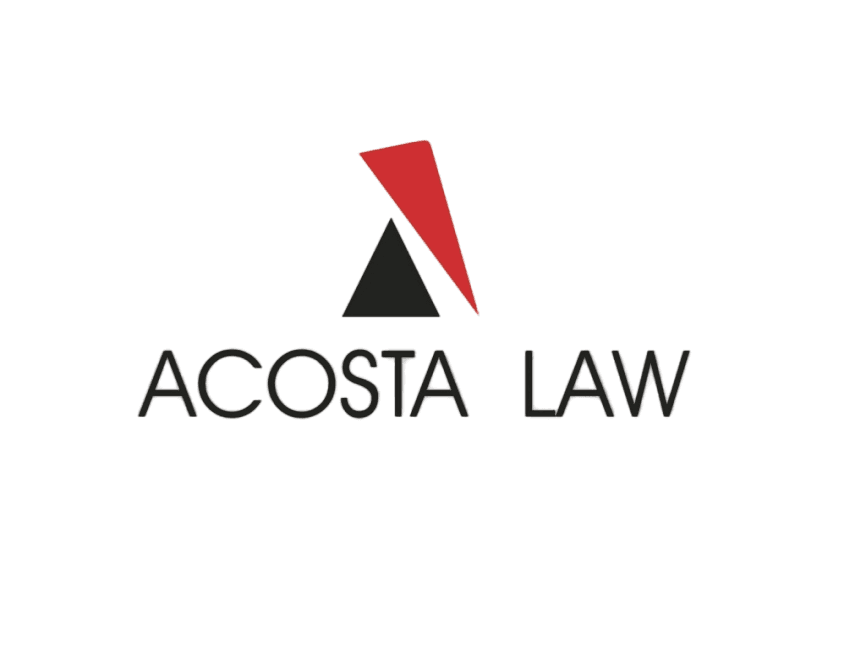How to Prepare for a Bankruptcy Filing: A Step-by-Step Guide by Acosta Law PC
Filing for bankruptcy can be a daunting process, but with the right preparation, it can also be a step towards financial recovery. At Acosta Law PC, we understand the complexities involved and are here to guide you through each stage. This comprehensive guide will help you prepare for a bankruptcy filing in a systematic and informed manner.

Understanding Your Financial Situation
The first step in preparing for bankruptcy is to thoroughly understand your current financial situation. Begin by gathering all pertinent financial documents, such as bank statements, credit reports, and debt records. This will give you a clear picture of your liabilities and assets. Additionally, review your income sources and monthly expenses to determine your cash flow. This information is crucial for your attorney to assess your eligibility and decide the most suitable type of bankruptcy for you.
It's important to be honest and accurate when compiling this data. Missing or incorrect information can lead to complications or delays in the filing process.
Consulting with a Bankruptcy Attorney
Once you have a handle on your finances, the next step is to consult with a reputable bankruptcy attorney. At Acosta Law PC, our experienced lawyers will help you navigate the legal intricacies of bankruptcy. During your consultation, be prepared to discuss your financial situation in detail. Your attorney will evaluate whether Chapter 7 or Chapter 13 bankruptcy is more appropriate for your circumstances.

Preparing Necessary Documentation
After deciding on the type of bankruptcy, you'll need to gather additional documentation. This includes recent tax returns, pay stubs, property deeds, and any legal judgments against you. Organize these documents systematically to ensure a smooth filing process. Your attorney will use this information to prepare the necessary paperwork for court submission.
Completing Credit Counseling
Before officially filing for bankruptcy, you're required to complete a credit counseling course from an approved agency. This course is designed to provide you with a better understanding of your financial situation and explore alternatives to bankruptcy. Upon completion, you will receive a certificate that must be filed with your bankruptcy petition.

Filing the Bankruptcy Petition
With all documentation in hand and the credit counseling course completed, it's time to file your bankruptcy petition. Your attorney will prepare the petition, which outlines your financial situation and debts. Once filed, an automatic stay is issued, which temporarily halts most collection activities against you.
This stage can be overwhelming, but having a knowledgeable attorney ensures that all paperwork is accurately completed and submitted.
Meeting with Creditors
After filing, you’ll attend a meeting of creditors (also known as a 341 meeting). During this meeting, you will answer questions from the trustee overseeing your case and any creditors who choose to attend. It's essential to be honest and provide clear answers, as this meeting is crucial for the progression of your case.

Finalizing the Bankruptcy Process
The final stages of bankruptcy involve complying with any additional requirements set by the court or trustee. This may include attending financial management courses or fulfilling specific payment plans if you're filing under Chapter 13. Once all obligations are met, the court will discharge your eligible debts, providing you with a fresh financial start.
By following these steps and working closely with Acosta Law PC, you can navigate the bankruptcy process with confidence and embark on a path towards financial stability.
